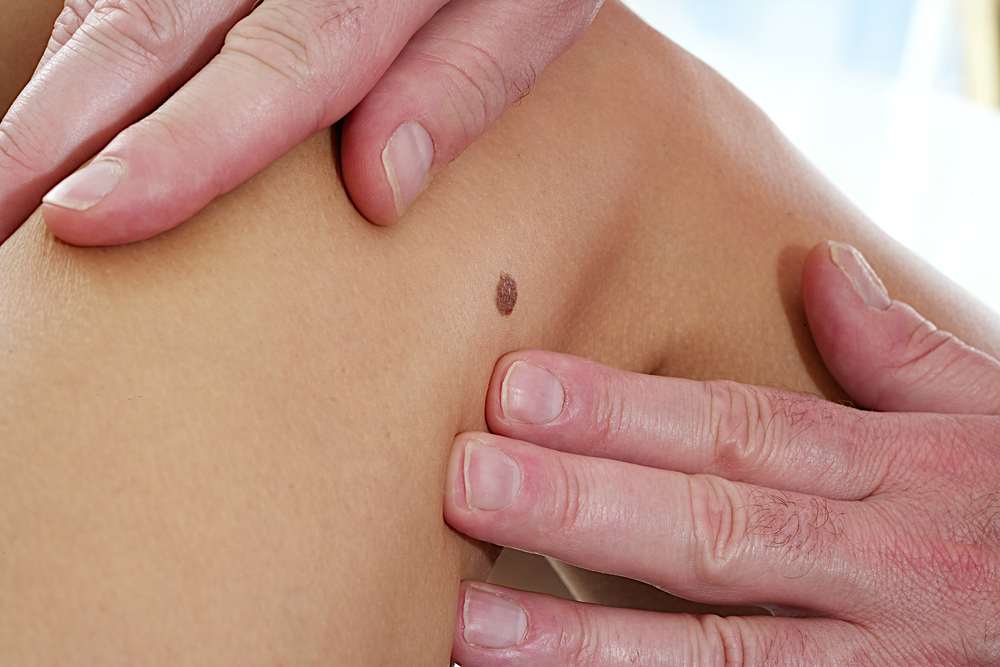An international team of scientists led by Houston Methodist researchers managed to identify in mice models hundreds of possible new genes that might transform benign skin growths into deadly melanomas. These results have been published in the journal Nature Genetics.
Skin cancer is the most common type of cancer. Almost 10,000 Americans will die from metastatic melanomas by the end of the year, with the World Heath Organization estimating that one person dies every 50 seconds as a consequence of melanoma.
BrafV600E is an initial mutation found in more than 70 percent of benign moles and birthmarks in humans, which is believed to precede the development of melanomas, even though the Braf mutation by itself does not seem sufficient to lead to cancer. Thanks to the results from this new study, skin cancer scientists have a list of genetic pathways and genes that might be involved in Braf mutations and lead to cancer development. “We want to know what exactly must happen after someone acquires this mutation in Braf that causes something even worse to happen. We want to understand how this Braf mutation makes people vulnerable… susceptible to melanoma, so that we can help identify new targets for slowing or stopping growth,” said Dr. Michael Mann, Houston Methodist Research Institute geneticist, specialized in cancer and leading author.
A transposon named “sleeping beauty” was used to identify candidate genes, an approach developed by Nancy Jenkins, Neal Copeland and Martin McMahon.
Dr. Mann clarified: “By using Sleeping Beauty strategically, our group was able to identify an incredible number of genes that may cause nevi — moles and other skin marks — to become cancerous. As we expected, we haven’t just identified single genes that respond to the Braf mutation, but whole pathways that appear to contribute to cancer development. This is important, because if you look at it tumor by tumor, the same pathways may appear to be engaged, but not because of changes to the same genes. If you looked only at singular genes, you could miss what is really going on, biologically.”
Researchers identified 1,232 modified CCGs that in conjunction with BrafV600E led to melanomas and drew a parallel between mice and human genes, observing that over 500 human genes were “enriched” for mutations that seemed to be connected to patient survival, helping to predict patient outcomes.


